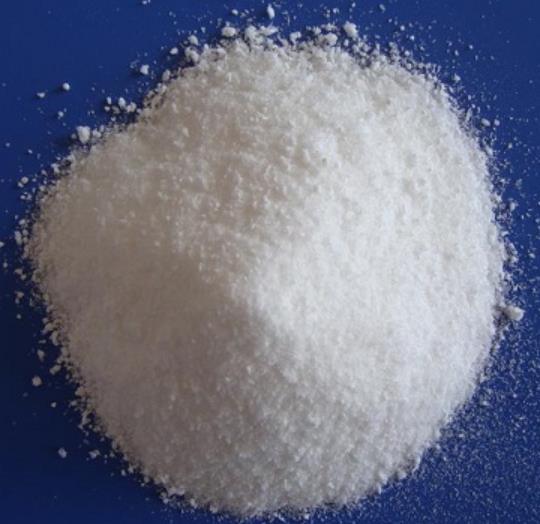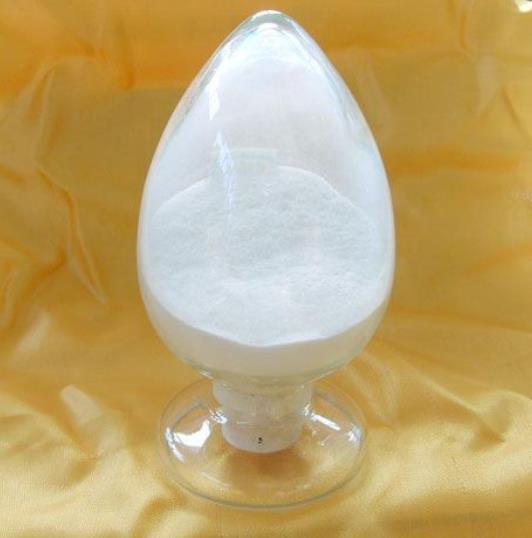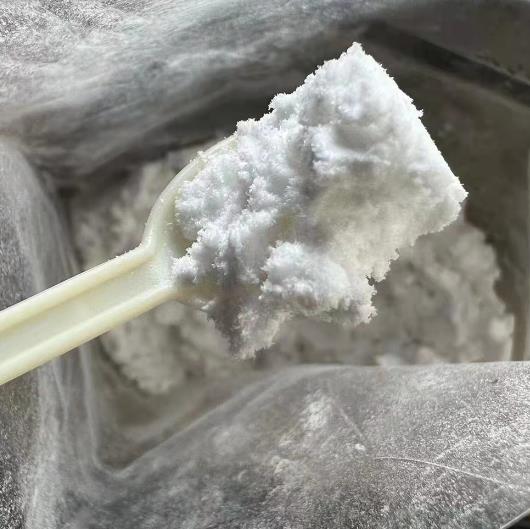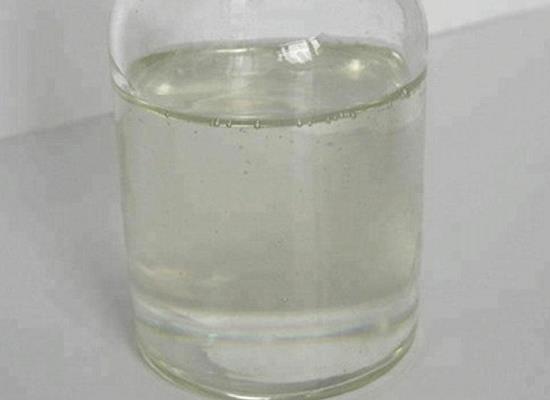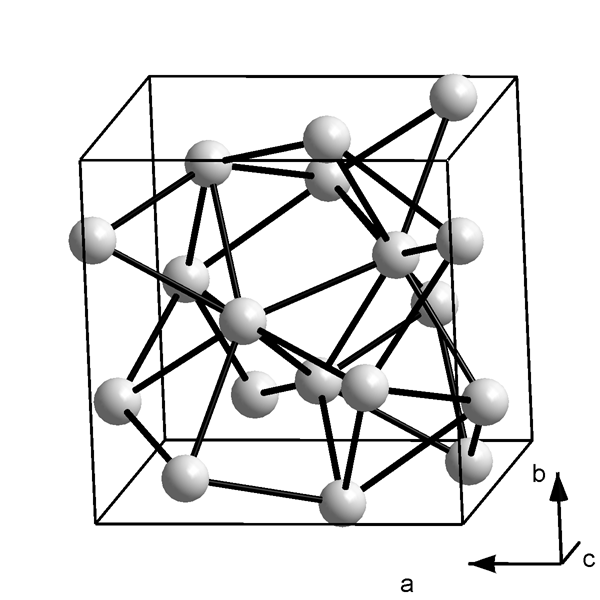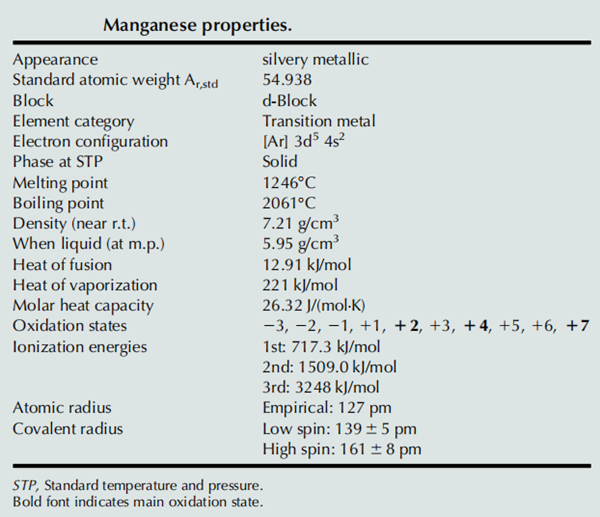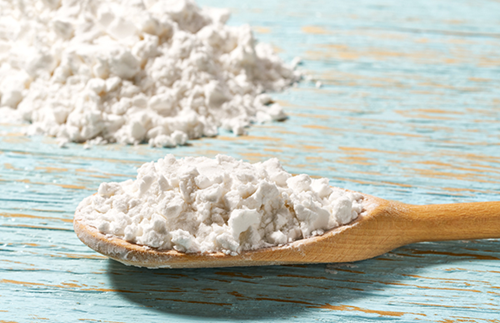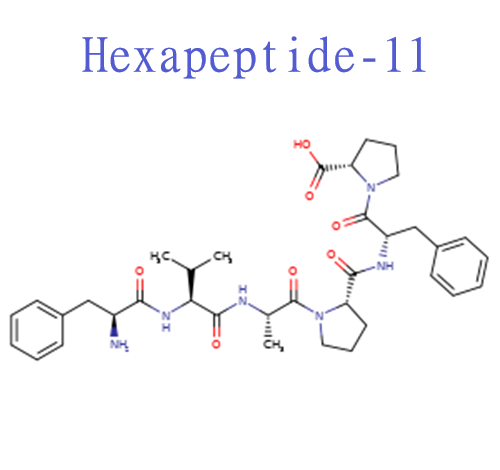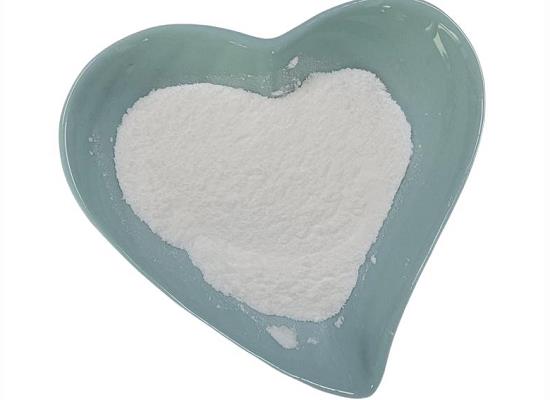Active Pharmaceutical Ingredients (API), popularly speaking, are the raw materials of medicines, only pharmaceutical raw materials are processed into pharmaceutical preparations , can they become medicines available for clinical use, so drugs we usually eat are the finished drugs through processing. Active Pharmaceutical Ingredients based on its sources can be divided into two major categories ,including chemical synthetic drugs and natural chemical drugs. Chemical synthetic drugs can be divided into organic synthetic drugs and inorganic synthetic drugs. Inorganic synthetic drugs are inorganic compounds ( very few is element), such as aluminum hydroxide, magnesium trisilicate which are used for the treatment of gastric and duodenal ulcers ; organic synthetic drugs are mainly composed of drugs made by basic organic chemical raw materials, through a series of organic chemical reactions (such as aspirin, chloramphenicol, caffeine, etc.). Natural chemical drugs ,based on its sources,can be divided into two categories including biochemical drugs and plant chemical drugs. Antibiotics are generally made by the microbial fermentation, which belongs to the biochemistry category. A variety of semi-synthetic antibiotics occurs in recent years,which are biosynthesis and chemical synthesis combining products.Among active Pharmaceutical Ingredients, the organic synthetic drugs varieties, yields and values have the largest proportion,which are the main pillars of the chemical and pharmaceutical industries. The quality of active Pharmaceutical Ingredients decides whether the formulation is good or bad , so its quality standards are very strict ,countries in the world have developed national pharmacopoeia standards and strict quality control methods for its widely used active Pharmaceutical ingredients.
The Multifaceted Role of Sodium Metabisulfite in Modern Chemistry
Sodium metabisulfite, a chemical compound with the formula Na2S2O5, serves as a versatile agent widely utilized in various industrial and chemical processes.
May 29,2024 APIInositol: The Multifaceted Compound in Biochemistry and Medicine
Inositol, a naturally occurring compound found in various forms in both plant and animal cells, serves as a fundamental element of cell membrane phospholipids.
May 29,2024 APICarbomer: A Critical Component in Modern Chemistry
In the expansive field of polymer chemistry, carbomer stands out as a versatile and vital synthetic compound.
May 29,2024 API1-Methoxy-2-propanol: Overview, Analytical Method and Anaerobic Removal
1-Methoxy-2-propanol can be detected in urine using headspace gas chromatography, and EGSB reactors offer efficient removal of this compound in anaerobic wastewater treatment.
May 29,2024 APIGallium: Crystal Structure, Mineral materials, Chemical reactions and Major uses
Gallium has a silvery blue appearance. It has a low melting point at 29.7646℃ and forms a liquid state that is denser than the solid.
May 28,2024 APIManganese: Chemical properties and Main mineral materials
Manganese is a silvery-gray metal that resembles iron.
May 28,2024 APIPotassium:Uses, mineral groups and crystal structures
K, the third most important fertilizer element, is the eighth most abundant element in the rocks of the Earth’s crust. K occurs in nearly all rocks and soils, although its quantity varies widely.
May 28,2024 APIDextrin: Applications and Synthesis
Dextrin is a low molecular weight glucose polymer. It is a generic term for a variety of products obtained by heating starch in the presence of small amounts of water and acid.
May 28,2024 APIWhat does Hexapeptide-11 do for skin and hair?
Hexapeptide-11 has been shown to be effective in improving skin elasticity, enhancing nuclear accumulation of Nrf2, increasing proteasomal peptidase activity, inhibiting cellular senescence and facili
May 28,2024 APISynthesis and Applications of 1,2-Benzisothiazol-3(2H)-one in Bioorganic Chemistry
1,2-Benzisothiazol-3(2H)-one is pivotal in bioorganic chemistry, crucial for crafting potent caspase-3 inhibitors via precise, high-purity synthesis for effective organic reactivity.
May 28,2024 API



